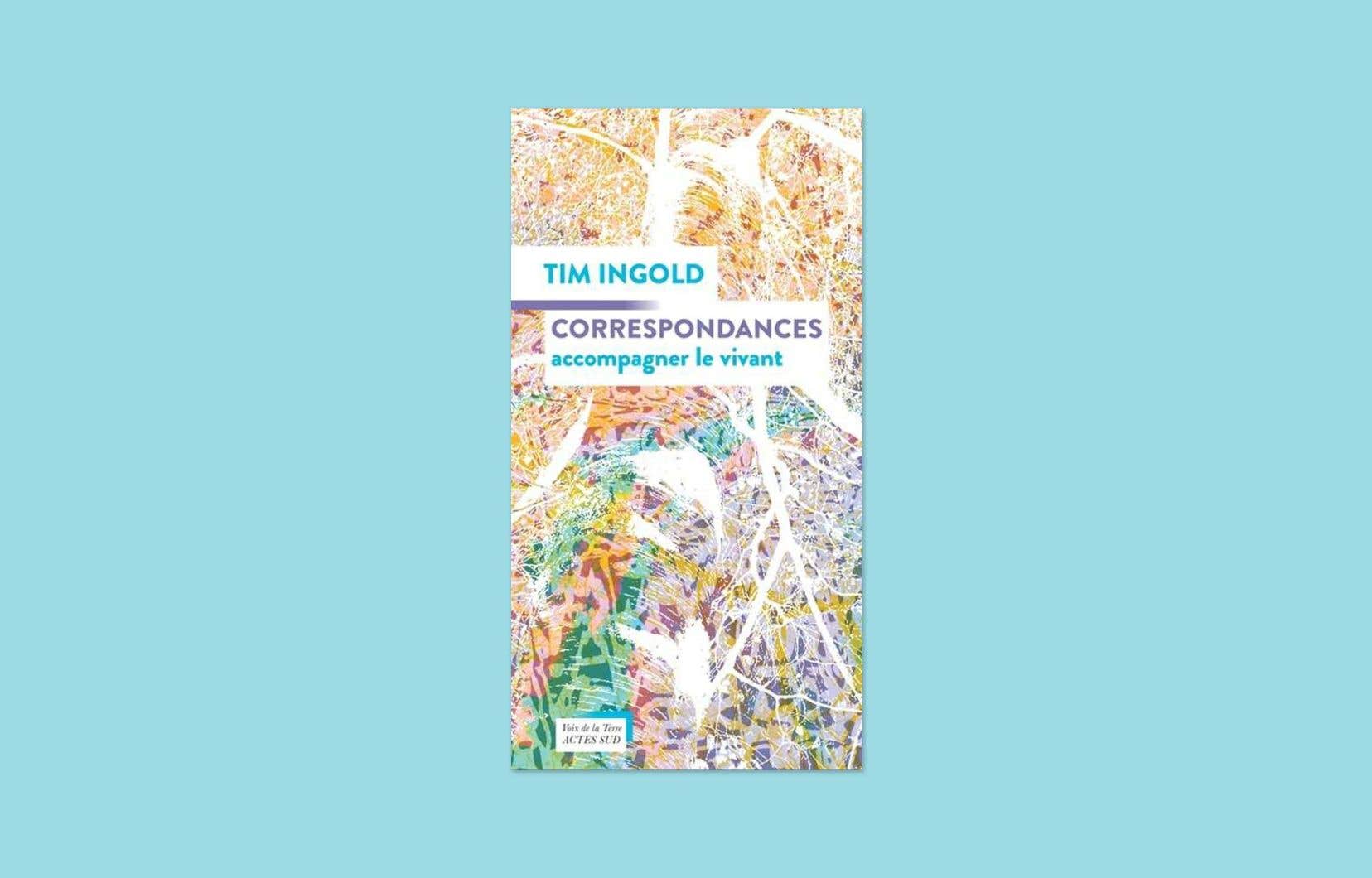Peter Wohlleben’s many readers (The Secret Life of Trees2017) as well as those of the American novelist Richard Powers (The World Tree2018) are familiar with the idea that trees communicate with each other — scientists, for their part, seem less certain.
The fact remains that the connections between all living things are numerous. Often even more numerous than we think. All we need to do is stop and look carefully around us, says Tim Ingold, a British anthropologist and professor at the University of Aberdeen in Scotland, in a collection of essays entitled Correspondences. Accompanying the living.
In 27 essays in which the author has tried to “stay close to the grain of things”, the path of his thought winds “through the woods, nature and life”. It is the tangents, he tells us, that interest him. And “if today our world is in crisis, it is because we no longer know how to correspond”.
In fact, Tim Ingold, born in 1948, questions the links between shadow and light, makes the lines that emerge in the landscape speak, like plowed fields, ditches, rows of trees, trying in several of his texts to “think with art”.
Thus, regarding a work by the sculptor Giuseppe Penone, one of the founders of Arte Povera in the late 1960s, who corresponds in his art “with trees, bodies, wind and many other things.” For the author of Correspondences“digging into the tree is undoing the work of time. It is filming the growth of the tree over decades, even centuries, and then projecting the film in fast reverse.”
Examining the links between the vegetative and the artifactual order, Tim Ingold points out that perhaps no one has expressed this contrast better than Antiphon, a sophist of the Ve century BCE. “If you plant a wooden bed in the ground,” Antiphon observed, “it might take root and give rise to new shoots. But what will come out of it will be fresh wood, not a new bed.”
How is it, he also asks, that the mountaineer who has climbed his mountain is convinced that everything is over, while hikers and artists can continue to explore endlessly? What leads us to believe that “a mountain climbed once is climbed forever?” What does this say about our conception of perception, imagination, and memory?
And all these essays, put end to end, form “a provisional exercise of thought through observation”. An invitation to see, to hear, to touch, to feel. But one step of this sensitive program precedes all the others: stop running.
